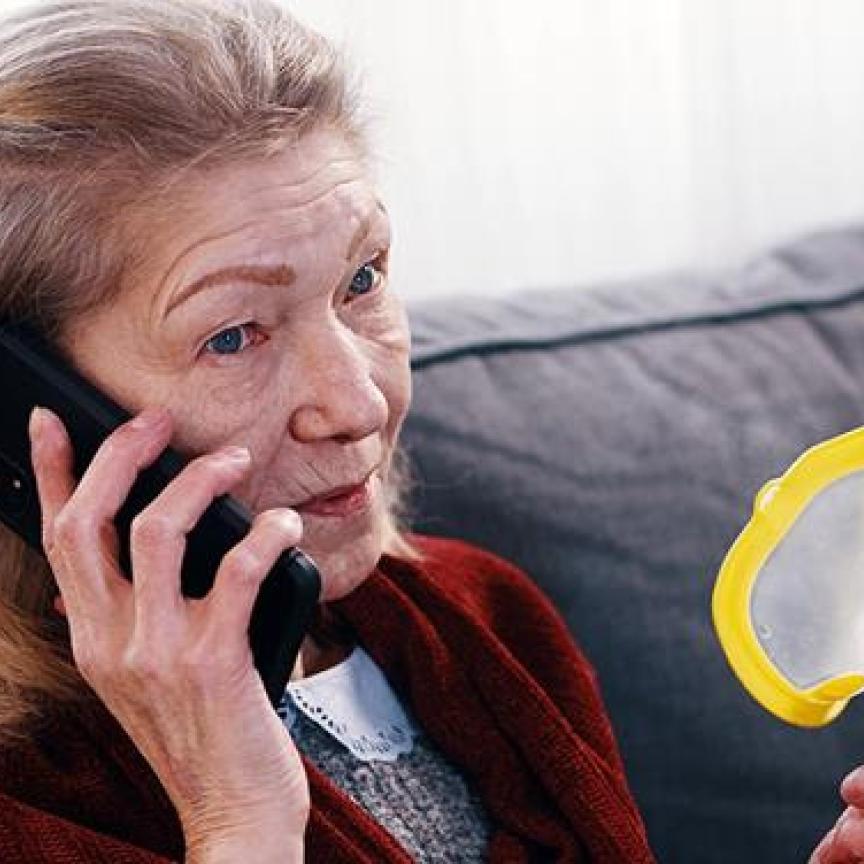Corning Incorporated has joined the optical communications industry in celebrating the 50th anniversary of the invention of low-loss optical fibre.
The breakthrough material, each strand thinner than a human hair, made possible today’s ever-faster telecommunications networks that link neighborhoods, connect cities, and bridge continents.
Corning scientists Drs. Robert Maurer, Donald Keck, and Peter Schultz were brought together more than 50 years ago to develop a highly pure optical glass that could effectively transmit light signals over long distances – a feat that had never been achieved. In the mid-1960s, it became clear to researchers at the company and to the larger telecommunications industry that the existing copper wire infrastructure used to transfer data and voice would not have enough bandwidth for the projected traffic of the future.
During this time period, members of the British Post Office came to Corning seeking assistance in creating pure glass fibre optics. Their design required a single-mode fibre having a total attenuation – or signal loss – of about 20dB/km. The very best bulk optical glasses of the day had attenuations of around 1,000dB/km. This meant the scientists had to see an improvement in transparency of 1098 in order to reach the 20dB/km goal.
Michael Bell, senior vice president and general manager at Corning Optical Communications said: ‘This invention started a communications revolution. Corning Optical Communications proudly continues that legacy today.’
Dr. Keck recalled the breakthrough, saying: ‘I knew something was very, very special and unique about this fibre… I hastily measured the results. It was a very short piece of fibre; we thought we got a very good measurement. I recorded in the databook: '17dB/km, whoopee;' We've met our goal.’

